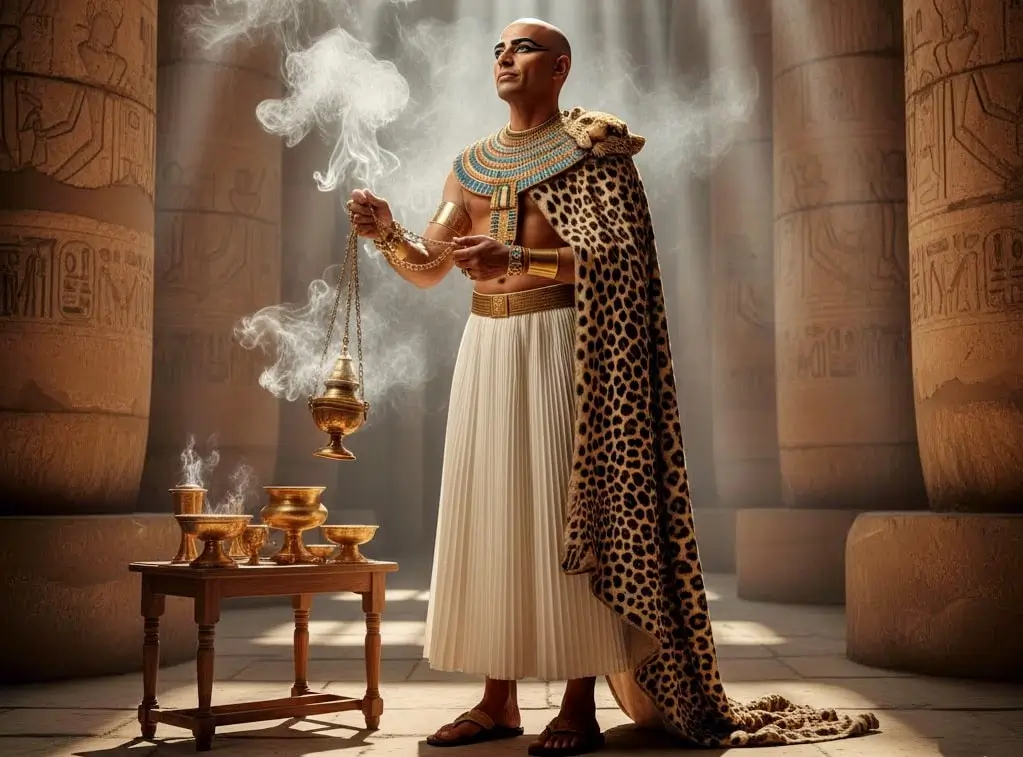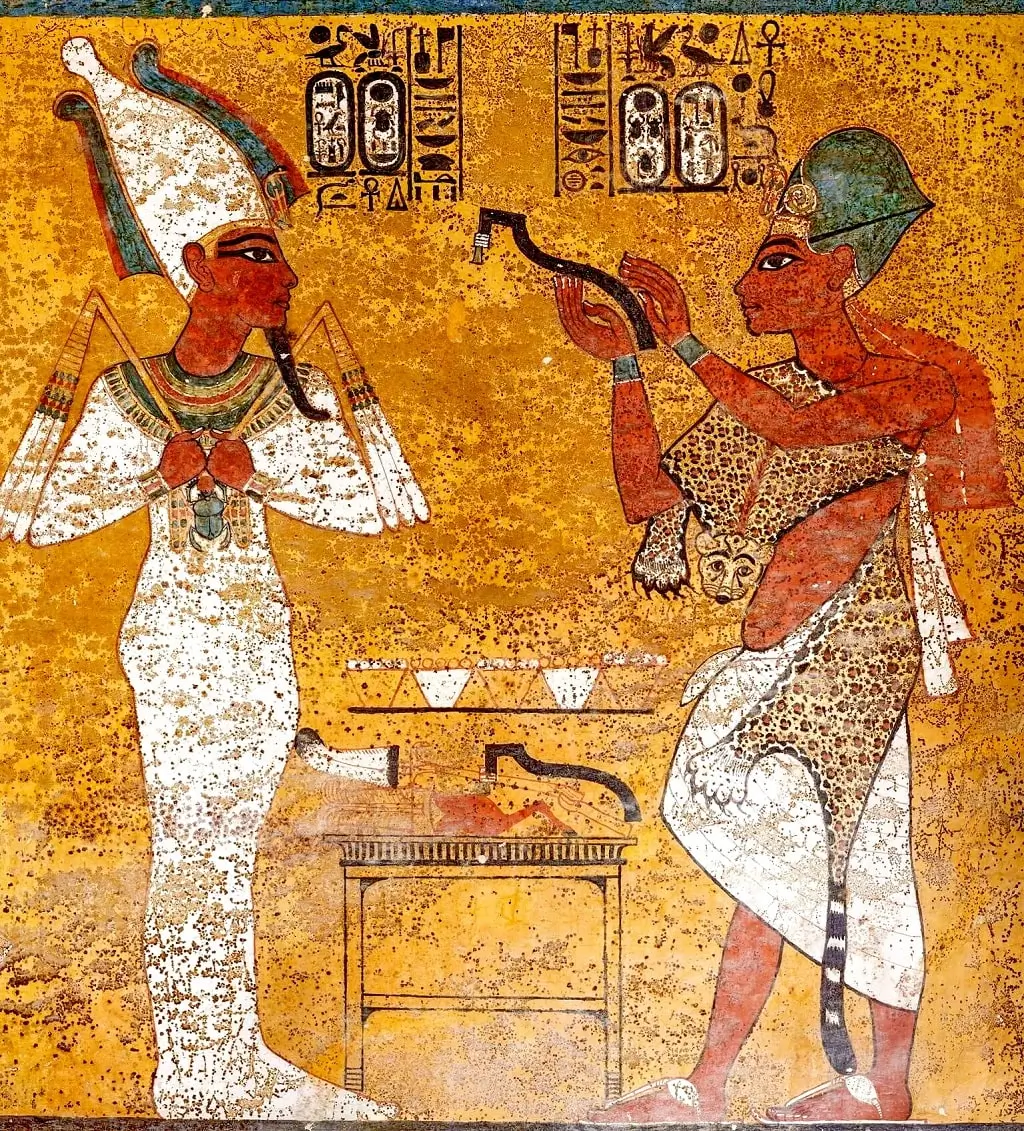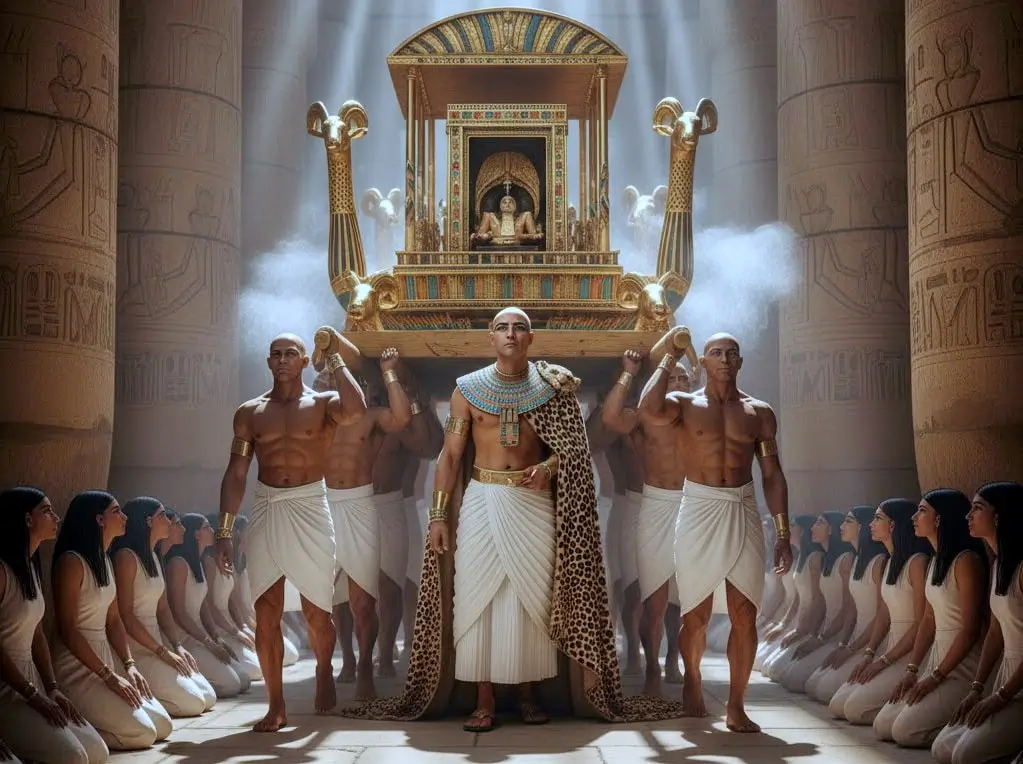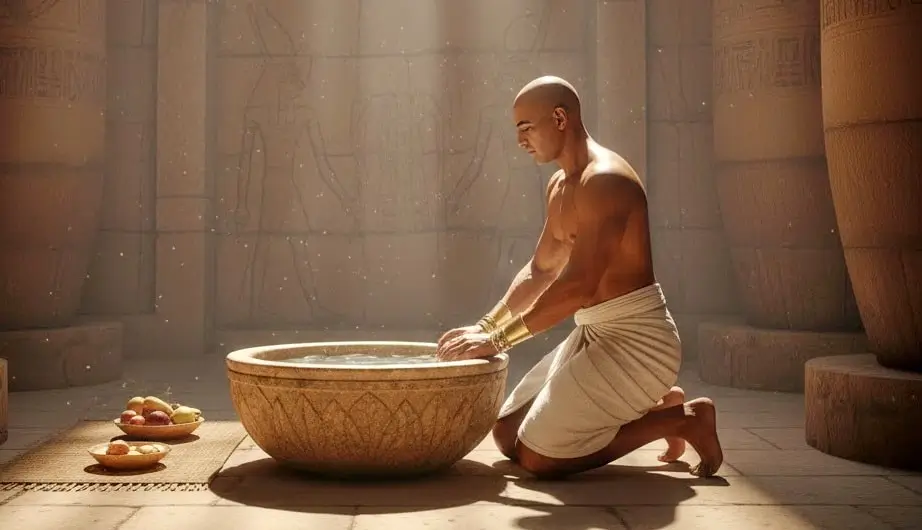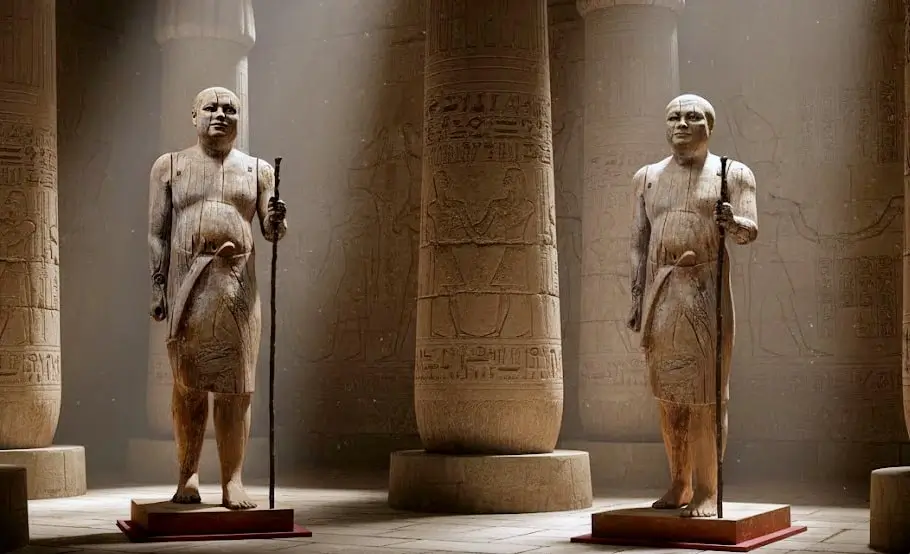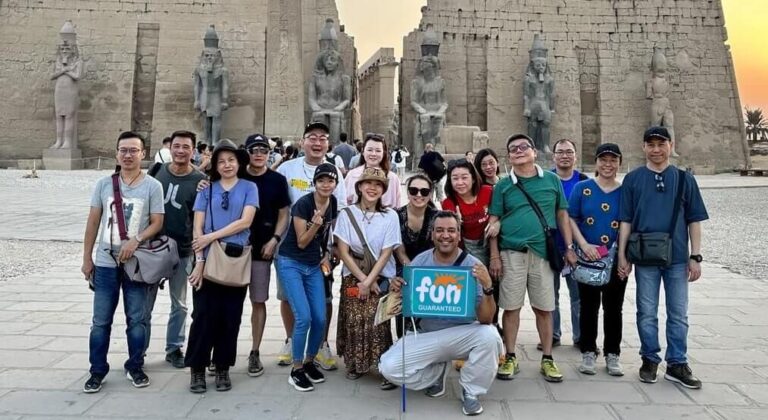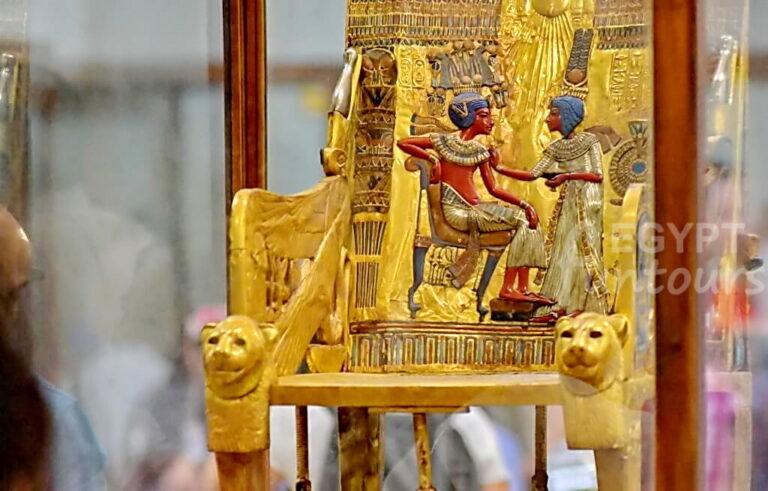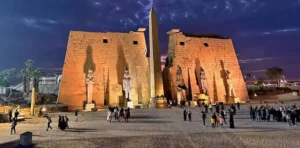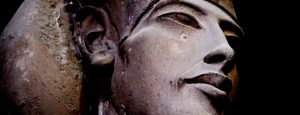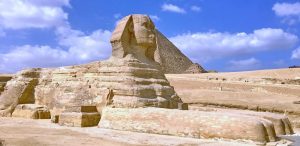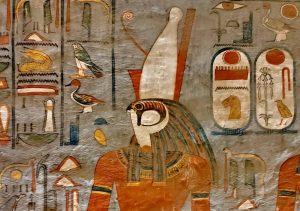In the land of the pharaohs, where gods walked among mortals (or so it was believed), a select few stood as the direct intermediaries between the divine and humanity. The Ancient Egyptian High Priest. Far more than mere clergymen, these powerful individuals wielded immense spiritual, political, and economic power, shaping the destiny of Egypt for millennia. This comprehensive article explores the multifaceted world of The Ancient Egyptian High Priest, delving into their crucial roles, elaborate daily rituals, and profound cultural and historical impact throughout Egypt’s glorious history.
What an amazing day!
I had a 12 hour layover on my way to Dar es Salaam and wanted to take full advantage of my time in Cairo. After researching for many hours, I came across Egypt Fun Tours and emailed for more information. I received a prompt reply with full details of several

